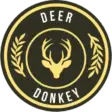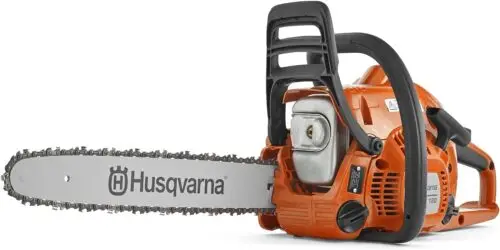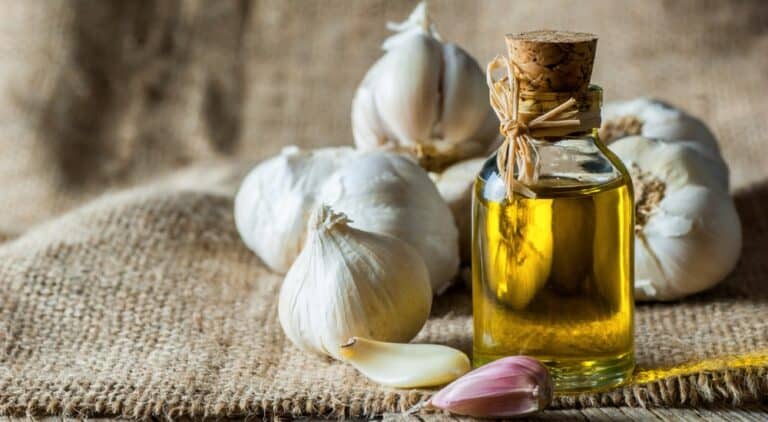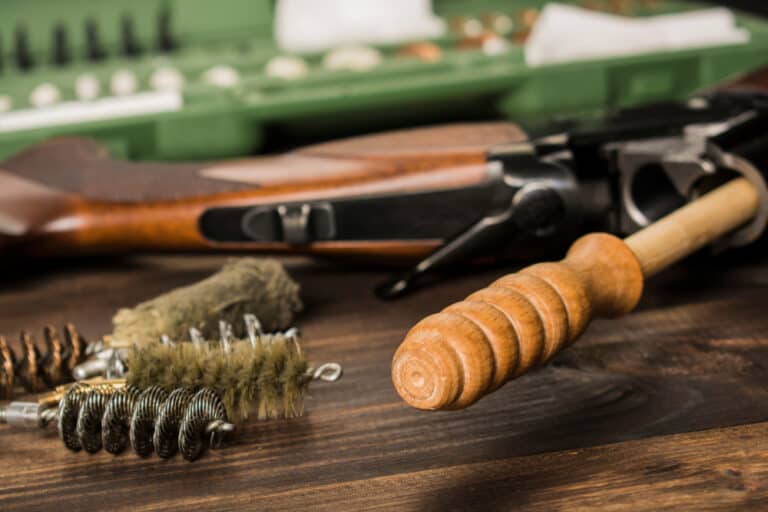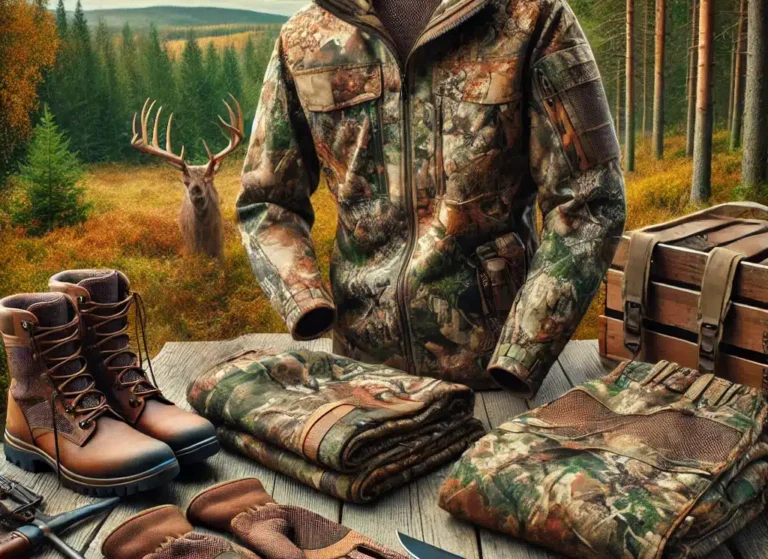Let’s talk about deer corn, a powerful tool in our arsenal that aids us in luring these magnificent creatures closer to our domains. Deer corn acts as a beacon amidst their natural habitat, enticing them toward designated feeding areas.
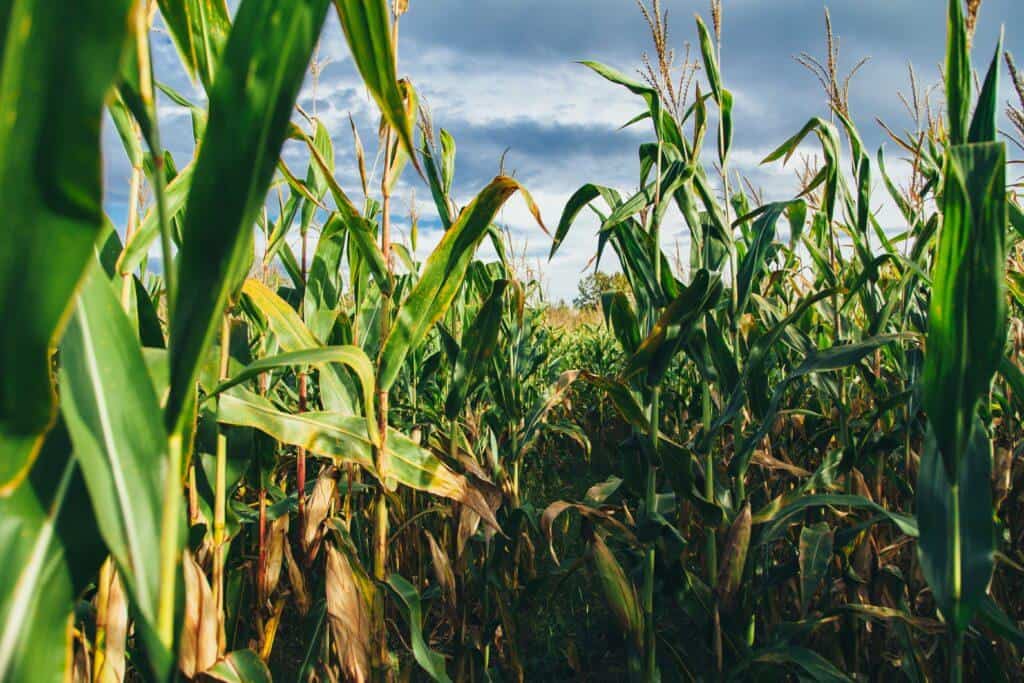
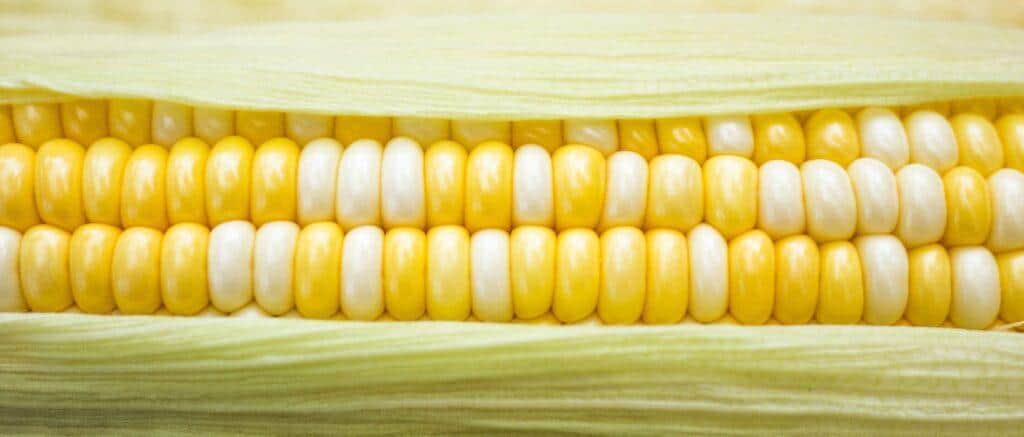
What is deer corn?
Deer corn, my dear readers, is a magical concoction that sends the deer population into a frenzy. It is a blend of cracked or whole corn kernels specifically designed to entice these majestic creatures and keep them returning for more. Picture this: kernels glistening in the sun, beckoning deer from near and far with their irresistible charm.
Oh, how they crave the taste of this golden grain! It’s like offering a gourmet buffet to these wild beings of grace and beauty.
Composition: A blend of cracked or whole corn kernels
Now let’s dive into the essence of deer corn, shall we? This delectable bait consists primarily of cracked or whole corn kernels.
Each kernel’s explosion of energy-rich carbohydrates within its humble exterior fuels these magnificent creatures’ daily endeavors. Whether foraging for food, escaping predators, or engaging in robust territorial battles during mating season, deer rely on this high-carb delight to power through their days.
Nutritional value: High carbohydrates for energy
Ah, the nutritional goodness that lies within every morsel of deer corn! Carbohydrates are the life force that keeps these graceful herbivores thriving in their natural habitat.
The high carbohydrate content in each kernel provides them with ample energy needed for survival and growth. It helps them maintain their body temperature during harsh winter when food sources become scarce, and nature’s embrace turns chilly.
History of Using Deer Corn
Native American practices: Baiting with maize
Let us step back in time to witness the wisdom passed down by our Native American ancestors—a legacy deeply rooted in harmony with nature. These wise souls knew well the secret language deer spoke, and they harnessed it to their advantage. They used maize, the precursor to our modern-day deer corn, as an enticing bait for these elusive creatures.
Oh, the artistry of it all! By strategically placing maize near hunting grounds, they lured deer into their fields of vision with captivating scent and taste.
Evolution of modern hunting techniques
As time marched on and hunters became more sophisticated in their quest to outwit these wily creatures, the use of corn as a tool for attracting deer evolved. From simple baiting techniques employed by our ancestors to complex strategies intertwined with advanced hunting tactics, the art of using deer corn grew leaps and bounds.
The modern-day hunter now understands that attracting deer goes beyond mere sustenance; it is an intricate dance between man and nature. There you have it, my dear readers—the fascinating world of understanding deer corn!
This mystical bait has become a crucial part of the hunting landscape, from its composition of cracked or whole kernels to its nutritional value packed with energy-rich carbohydrates. Let us pay homage to those who came before us—the Native Americans who first harnessed maize’s power—and marvel at how far we have come in our pursuit of connecting with nature’s most majestic inhabitants.
The Science Behind Deer Corn Attraction
Scent and Taste Appeal to Deer Senses
Ah, the seductive power of scent and taste! It is no secret that deer have a nose for what they desire. When it comes to deer corn, its sweet aroma acts as an irresistible magnet, drawing them in from afar.
Picture this: as the sun sets on a crisp autumn evening, the ethanol-laden scent of fermented corn wafts through the forest, luring these majestic creatures with a siren song they cannot resist. Yes, my fellow nature enthusiasts, ethanol production during fermentation intensifies this alluring scent to a level that even humans find hard to comprehend.
But let us not forget about deer’s superhuman sense of smell – a gift that allows them to detect scents up to a mile away! Imagine their delicate noses picking up the intoxicating corn fragrance from miles off.
It’s like their own personal Michelin-starred restaurant beckoning them with every sniff. So when you set out your pile of deer corn, rest assured that its enchanting scent is tantalizingly tempting deer near and far.
The Irresistible Taste That Keeps Them Coming Back
Now onto taste – another crucial aspect of deer corn’s undeniable allure. Have you ever wondered why deer keep coming back for more? Well, my curious comrades, it all boils down to one simple fact: high sugar content in corn appeals directly to their sweet tooth (or should I say sweet incisors?).
Just like humans gravitate towards delectable desserts or mouthwatering treats, these graceful creatures cannot resist the sugary goodness packed within each kernel. With every bite into those golden grains of deliciousness, deer experience sheer bliss, their tongues reveling in unparalleled delight.
It’s as if the corn possesses a magical quality, casting a spell over their taste buds and fueling an insatiable desire for more. So when you see a deer vigorously munching on your carefully placed pile of deer corn, know that the irresistible taste keeps them hooked.
Nutritional Benefits for Deer Health and Growth
Beyond the sensory satisfaction deer derive from consuming corn, there are also significant nutritional advantages to be considered. Deer require a diet rich in carbohydrates to survive harsh winters and support their reproductive endeavors. The carbohydrate content in deer corn gives them the energy needed to weather the cold months, maintaining their body temperature and ensuring they have enough fuel for survival.
Moreover, let us not overlook the benefits bestowed upon majestic bucks – those lords of antlers. The consumption of deer corn plays a pivotal role in supporting the growth of these magnificent appendages.
Bucks obtain vital nutrients for antler formation and development with each bite into those sugary morsels. So next time you witness a buck proudly displaying its impressive rack, remember that deer corn has played an essential part in sculpting such natural marvels.
We cannot deny the science behind deer corn’s allure. From its captivating aroma carried by ethereal ethanol vapors to its irresistible taste that leaves them yearning for more – every aspect appeals directly to a deer’s senses.
Furthermore, let us remember the nutritional benefits this golden grain bestows upon our beloved creatures of nature. So dear readers, next time you embark on an adventure into the wilderness armed with your trusty bucket of deer corn, revel in the knowledge that you are partaking in something truly remarkable – an ancient dance between humans and wildlife where scent and taste intertwine to create moments of pure connection with nature at its finest.
Types of Deer Corn Available
Whole Kernel vs. Cracked Corn
When choosing the perfect deer corn, hunters find themselves trapped in an ongoing debate: whole kernel or cracked corn? Let’s delve into this contentious issue and shed some light on the grains. With its intact outer shell, whole-kernel corn offers a longer-lasting feeding experience for our majestic whitetail companions.
Its unblemished shell protects the precious kernel, ensuring minimal spoilage and wastage. Moreover, its durability prevents critters like squirrels from pilfering it before our prized deer arrive.
On the other hand, cracked corn is a siren call to our deer brethren, enticing them with its easy-to-digest nature. The cracking process breaks down the kernels into bite-sized pieces that require less effort to munch on.
This speedy consumption can be advantageous if you aim for a quick visit from your quarry. However, it’s essential to consider that cracked corn spoils faster due to increased exposure to air and moisture.
Specialty Blends for Enhanced Attraction
Manufacturers have gone above and beyond to captivate our discerning deer friends in today’s ever-evolving hunting market. Enter specialty blends – a veritable smorgasbord of flavors to tantalize even the most demanding taste buds.
Apple-infused corn takes traditional baiting methods up a notch by infusing orchard-fresh fragrance into every nibble-worthy nugget. The fruity scent wafts through the forest air like an irresistible aromatic symphony, coaxing even elusive bucks out of hiding.
But why stop at fruit when you can appease those antlered beauties with a nutty twist? Peanut butter-flavored corn introduces a delightful deviation from the norm, unleashing an enticing aroma reminiscent of childhood lunches and backyard delights.
This unconventional fusion of flavors not only tickles the taste buds of our deer companions but also provides a unique twist on traditional baiting methods, guaranteeing curiosity-driven visits to your hunting ground. Intriguingly, these specialty blends captivate deer and intrigue their inquisitive nature.
Introducing novel scents and flavors stimulates their senses, causing them to return for that unforgettable culinary experience they can only find within your hunting grounds. It’s a cunning strategy that keeps them returning for more while adding an element of excitement to your hunting endeavors.
The world of deer corn is a labyrinthine realm filled with endless choices and stark debates. Whether you opt for whole kernel or cracked corn depends on your specific objectives and preferences as a hunter.
And if you’re feeling adventurous or aim to outwit even the most seasoned bucks, don’t shy away from the alluring realm of specialty blends – where fruity fragrances mingle with nutty indulgence. Remember, when it comes to enticing our majestic whitetails, innovation knows no bounds in this captivating world of deer corn varieties.
The Controversies Around Deer Corn
The Unethical Nature of Baiting
Baiting deer with corn has long been controversial in the hunting community. While some argue it is a legitimate means of attracting deer for hunting, baiting is unethical. It goes against the principles of fair chase and undermines the skill and patience required for invalid hunting.
By luring deer to a specific location with corn, hunters essentially eliminate any sense of fair play or sportsmanship. It becomes less about skillfully tracking and outwitting an animal and more about setting up a convenient ambush.
Hunting should be about connecting with nature, experiencing the wilderness, and respecting the animals we pursue. Using corn as bait diminishes that connection and reduces hunting to mere target practice.
The Impact on Wildlife Health
Another crucial aspect to consider is the potential negative impact of excessive reliance on deer corn on wildlife health. Deer naturally forage for various plant matter, including grasses, browse, acorns, and fruits.
Relying solely on high-carbohydrate corn can lead to imbalances in their diet, potentially causing long-term health issues. Additionally, assembling large numbers of deer around feeding sites can increase the risk of disease transmission among them.
Proximity facilitates the spread of infectious diseases like Chronic Wasting Disease (CWD) or bovine tuberculosis. These diseases pose significant threats to deer populations and can devastate wildlife conservation efforts.

Conclusion – Deer Corn
While arguments may favor using deer corn to attract and hunt these fascinating creatures, I firmly stand against this practice for ethical reasons. Baiting goes against the principles of fair chase that define authentic hunting experiences rooted in respect for nature and its inhabitants.
Furthermore, the potential negative impact on wildlife health and the increased risk of disease transmission should not be taken lightly. Hunters must educate themselves about the potential consequences of relying solely on deer corn and explore alternative hunting methods that prioritize ecological balance and ethical considerations.
In a world where nature conservation is becoming increasingly vital, let us strive to establish a harmonious relationship with wildlife, respecting their natural behaviors and embracing the true essence of hunting as an immersive experience in nature. Doing so can contribute to a sustainable future for humans and wildlife.
